‘MY FAIR LADY’ TAKES ON THE 21ST CENTURY
 Monday, May 21, 2018 at 10:27PM
Monday, May 21, 2018 at 10:27PM
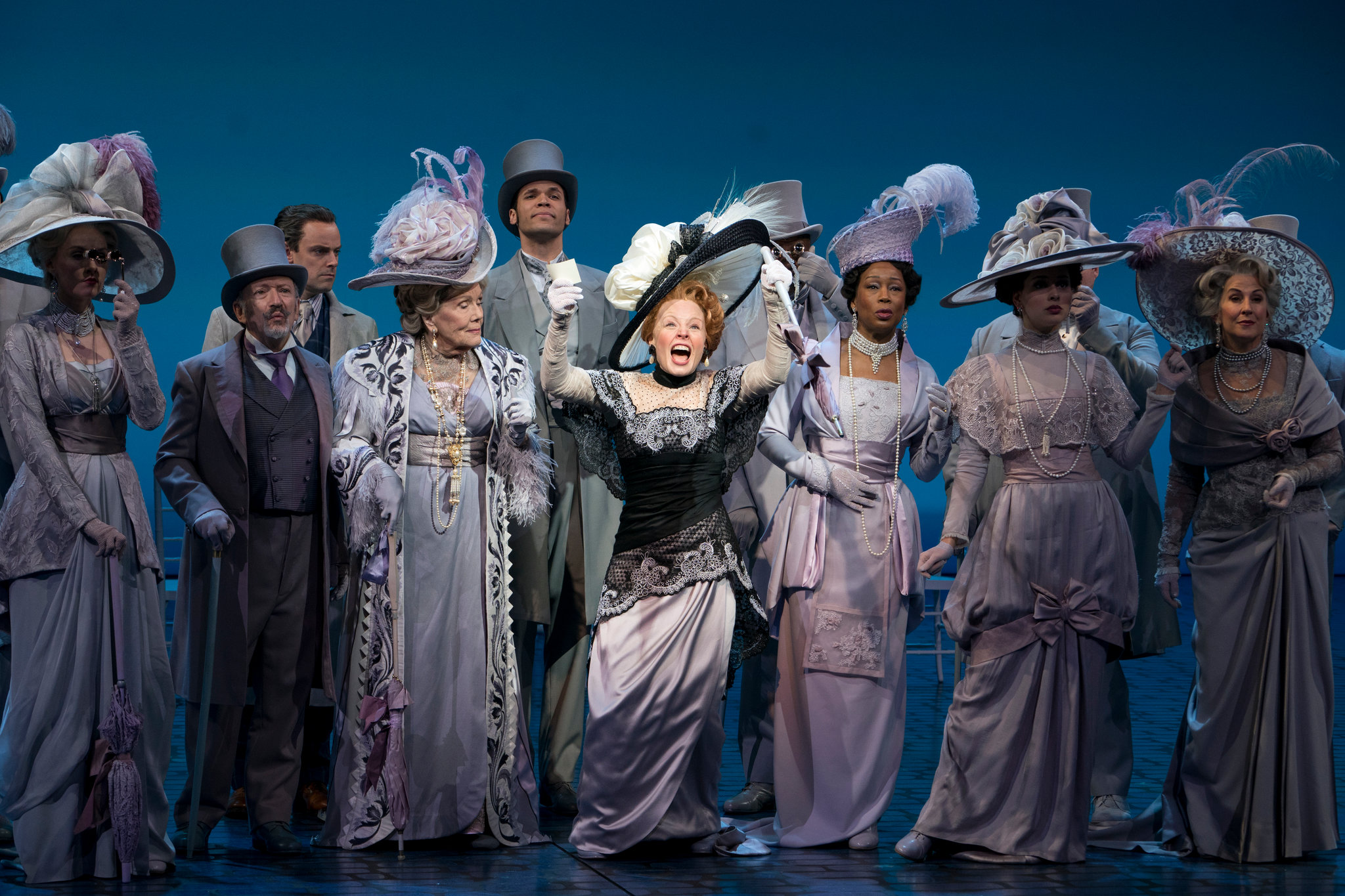 Lauren Ambrose and Company. Photo: Joan MarcusHENRY EDWARDS - New York - May 21, 2018
Lauren Ambrose and Company. Photo: Joan MarcusHENRY EDWARDS - New York - May 21, 2018
A relic of a sexist time? Or a classic that deserves its reputation as the fairest musical ever to grace a Broadway stage? Or both?
The only option available to Bartlett Sher’s lush staging of Lincoln Center Theater’s production of “My Fair Lady” at the Vivian Beaumont is to face those questions head-on.
The result, a somewhat taxing three hours in length, starts shakily, has its ups and downs and eventually finds its stride in an absolutely wonderful second act that sends the audience home glowing with delight.
After all, “My Fair Lady” is 62 years old and has not been seen on Broadway in 25 years. Of all things, it is making its return during the tempestuous year in which the explosive #MeToo movement exploded into view.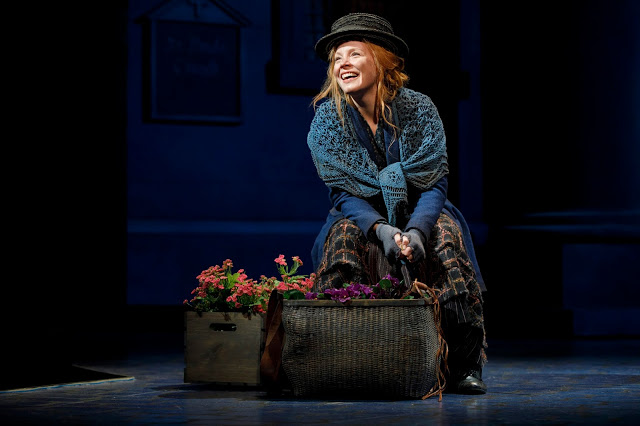 Lauren Ambrose. Photo: Joan Marcus.
Lauren Ambrose. Photo: Joan Marcus.
Against that backdrop, what is one to make of a Cinderella-style fairy tale in which an overbearing male “genius” transforms a meager and inadequate woman into his personal ideal of womanhood?
How sexist does that sound in 2018?
Don’t expect an affirmative response from those who love this musical —and that includes just about anyone who loves musical theater.
The show is a musical version of the most popular of George Bernard Shaw’s 61 plays, “Pygmalion,” written in 1913, with book and lyrics by Alan Jay Lerner (book and lyrics) and music by Frederick Loewe.
Their stupendous success ran a record setting 2,717 performances and earned six Tony awards, including Best Musical. In 1964, George Cukor’s film rendering garnered eight Academy Awards, including Best Picture, and was eventually named the 91st greatest American film of all time by the American Film Institute.
Unlike any other musical, the shoe features a hero and heroine that neither touch nor kiss. Yet Eliza Doolittle (Lauren Ambrose) and Professor Henry Higgins (Harry Hadden-Paton) are two of the most beloved characters in theatre history.
Shaw’s play was written and set in 1913 Edwardian London and so is the musical.
It was a time in which the upper classes and the elites played by a strict set of rules that revolved around wealth, birth and perfect manners and paid little or no attention towards the improvement of the lives of the needy working classes. Per usual, beggars can’t be choosers and the working class was so preoccupied in the daily battle of arranging a square meal nothing else meant anything to them.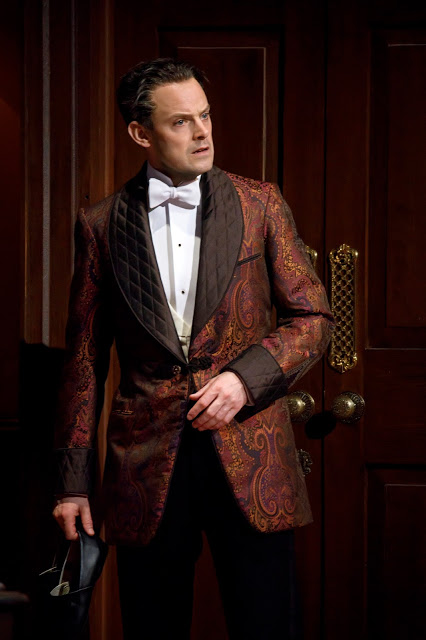 Harry Hadden-Payton, Photo: Joan Marcus.
Harry Hadden-Payton, Photo: Joan Marcus.
The musical presents a working-class Eliza who is too uncouth to be employed in a flower shop and is forced to sell small bouquets to passers-by.
One evening, she encounters upper-class phonetics professor Henry Higgins and Colonel Pickering (Allan Corduner), who enjoy discussing her almost impenetrable Cockney accent, but cannot see her as a human being, merely an object that may perhaps be improved upon. Higgins makes the claim he could fool anyone into thinking her a lady with only a few months training in upper-class diction and etiquette.
In her determination to find a better life for herself, the spunky flower girl approaches Higgins for lessons. He agrees to take on the "gutter snipe" after Pickering and he wager that after six months’ training, he can fool people into thinking that Eliza into a duchess.
In a series of scenes that resemble water boarding, Eliza is challenged to refine and improve herself. Defying all odds, she masters the training and succeeds in giving an unshakable performance at the Ambassador's Ball as a "proper" English lady.
However, when Higgins fails even to give her a sliver of the credit for the achievement, she runs away from Higgins's care and returns to the streets. He tracks her down and, despite a long valid list of grievances against him and even after a devastating and seemingly decisive fight, she returns to him in what seems like a complacent domestic triumph for the professor.
Shaw was unshakeable in his belief that Eliza and Higgins would ultimately go their separate ways. But the conclusion of the musical reflected the desire of audiences for a happy ending. Eliza’s submission may shock today but was perfectly acceptable in the mid-1950s.
Ironically, against Shaw's wishes, a happy ending had previously been added to the 1938 movie version of the play, and even though the playwright let it slip by, he never stopped bitching about it (even when he shared an Academy Award for Best Adapted Screenplay).
Bartlett Sher is the resident director of Lincoln Center Theater and his impeccable productions of “South Pacific” and “The King and I” for Lincoln Center and “Fiddler on the Roof” for Broadway have been highlights of recent theatre seasons. So it makes perfect sense that he would assume the mission of creating a “My Fair Lady” for the 21st century.
First and foremost, the director had to confront the fact of life that the character of Eliza has always been overshadowed by that of Higgins. But in reality, Eliza really is the protagonist and in reality, “My Fair Lady” concerns musical a young woman who seizes the opportunity to escape from a life of poverty, becomes progressively more her own woman, resisting domination by others and grasping that independence offers her new roles and possibilities.
Sher is helped considerably by the superlative casting of Lauren Ambrose and Harry Hadden-Paton.
Ambrose is an absolutely wonderful actress and as it turns out a terrific singer (her emotionally driven “I Could Have Danced All Night” is a deserved show stopper) and she is a stunning Eliza.
Beat by beat, the actress creates the complicated path of a young woman who grows up before our very eyes and becomes fully herself.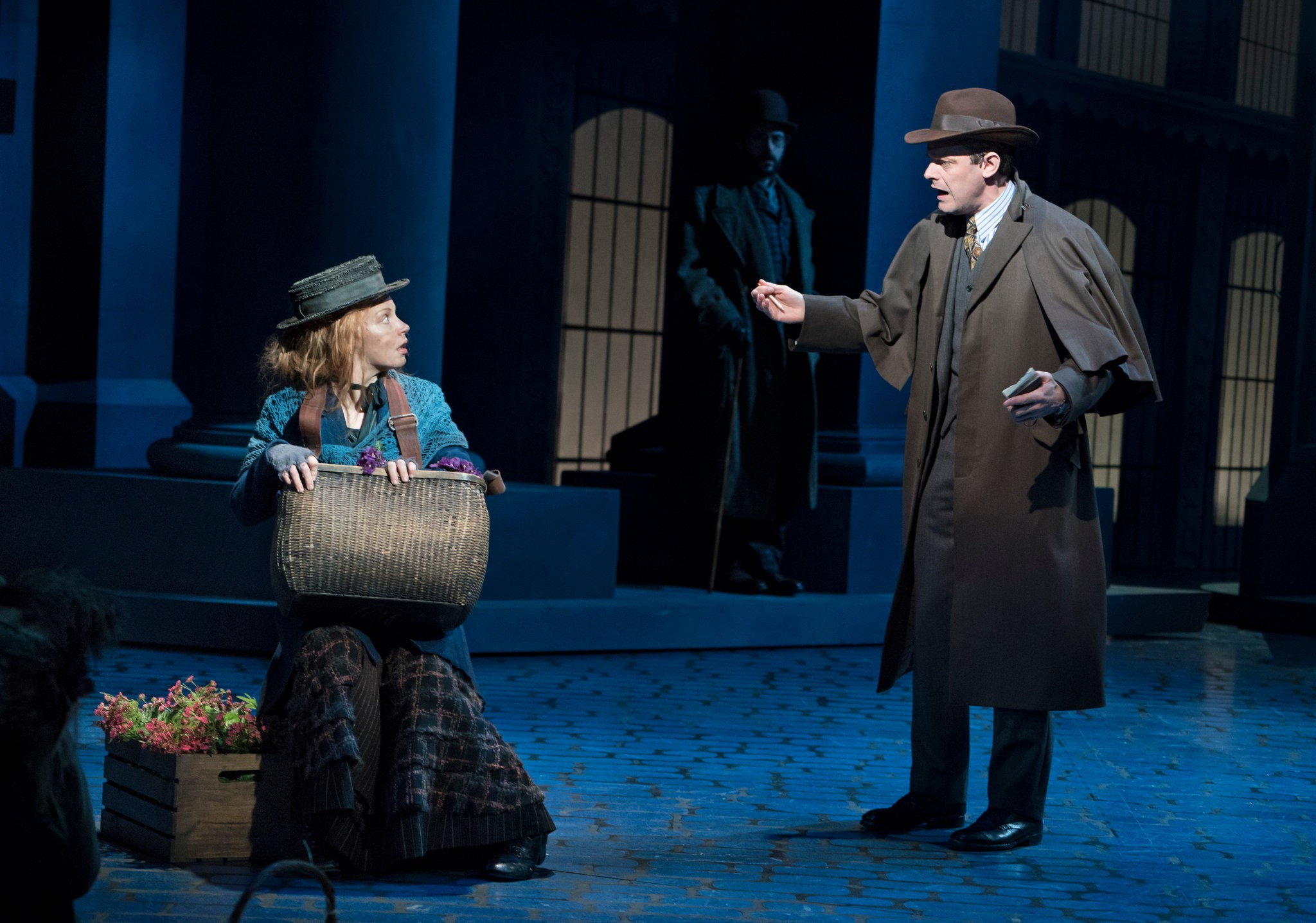 Lauren Ambrose & Harry Hadden-Payton, Photo: Joan Marcus.
Lauren Ambrose & Harry Hadden-Payton, Photo: Joan Marcus.
Ambrose charms as the wailing and childlike flower-seller in the opening scenes, proves to be a comic delight when she makes her first entrance into Henry Higgins’s posh world, and is legitimately heartbreaking when she comes to realization that her new persona isolates her from the world she came from and makes her an imposter in Higgins’s ultra-refined world.
Hadden-Paton (perhaps best known for his TV role as Herbert Pelham, 7th Marquess of Hexham, in “Downton Abbey”) is a marvelous Higgins.
The actor allows us to see the character for exactly what he is. Hadden-Paton’s Higgins is a bully and a baby who thinks he knows everything but doesn’t know that viewing people chiefly as scientific subject matter disallows him of allowing another person to be important to him.
Hadden-Paton also does a terrific job with his songs (“I’m an Ordinary Man,” “A Hymn to Him,” the glorious “I’ve Grown Accustomed to Her Face”).
But let’s face it. Those songs could pass as anthems of misogyny. In “A Hymn to Him,” he does ask, “Why can’t a woman be more like a man?”
That comes shortly after he says women’s “heads are full of cotton, hay and rags” calls men a “marvelous sex.”
Nor can one deny that browbeating and degrading Eliza into refinement certifies the arrogant professor as a verbal abuser.
Frankly, there’s no getting around it. Higgins’s songs are dated. And what makes the character tolerable today is the pleasure the audience derives from Eliza’s transformation not as a “fair lady,” but as a full-fledged woman.
As for that long ago ending? Not a word is changed, but this time around, Eliza most certainly does not submit, and the curtain rings down on a brilliant final image that hurls the show to the 21st century.
“My Fair Lady” is long, it’s fascinating and it’s well worth seeing.
For tickets or more information: Visit - Lincoln Center Theater

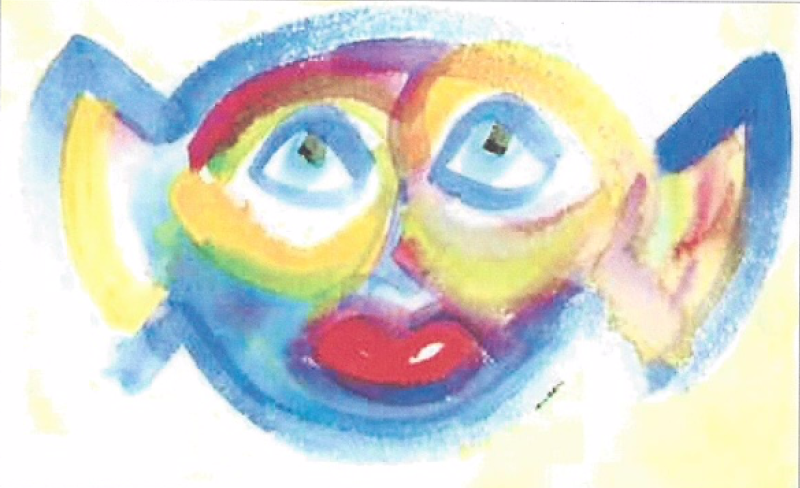


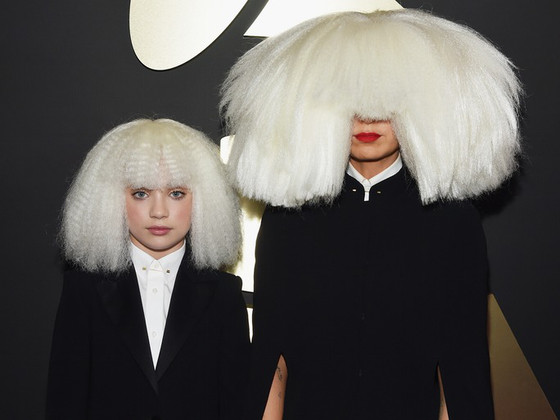
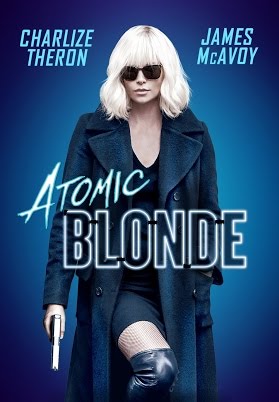


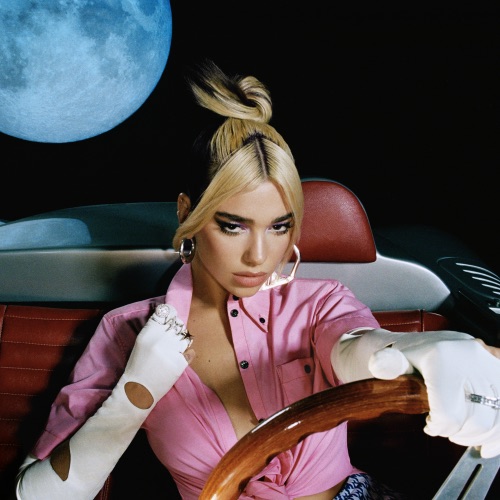
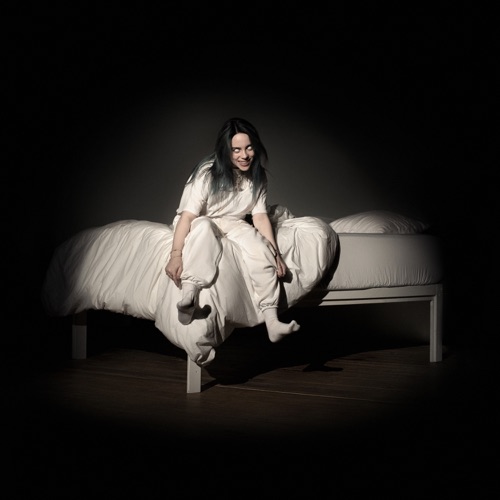

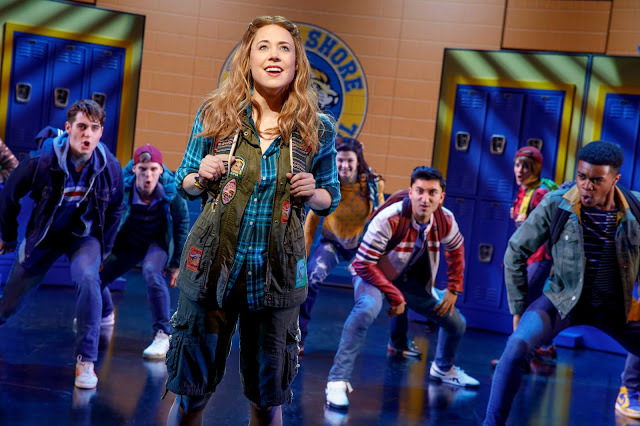




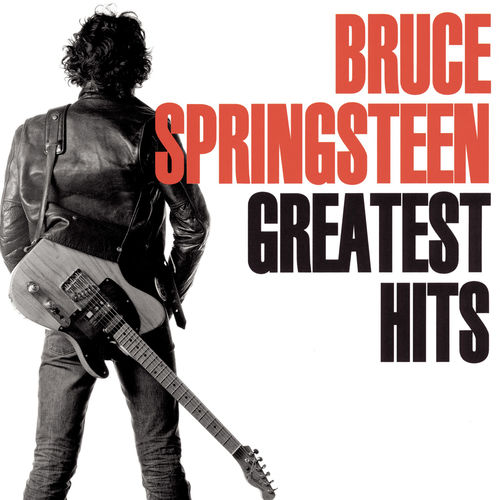
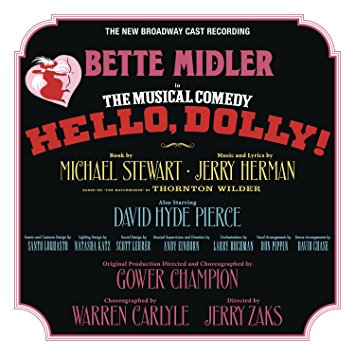
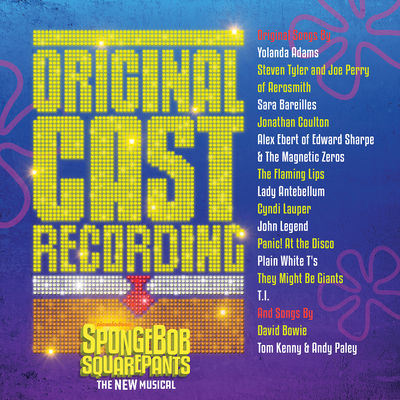
Reader Comments